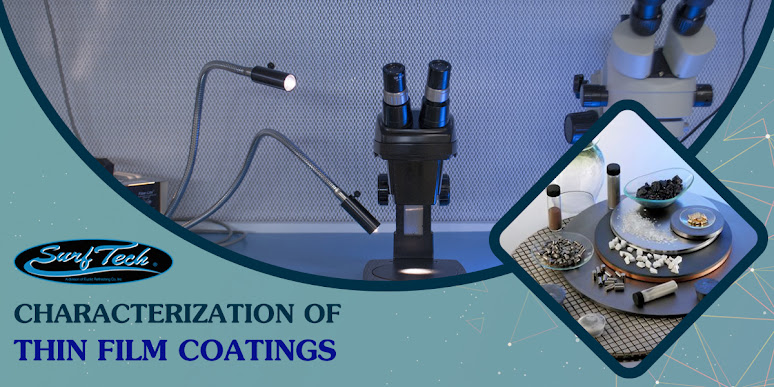A Guide to Different Types of Metal Coating
Are you curious about the fascinating realm of metal coatings? Whether you're interested in enhancing durability, achieving unique aesthetics, or improving performance, understanding various metal coating options is crucial. In this guide, we delve into the intricacies of PVD coating services, PVD coating, and Ohio custom powder coating. Here's a guide to different types of metal coatings:
Galvanizing:
Process: Involves applying a layer of zinc to the metal surface.
Purpose: Provides corrosion resistance by forming a protective zinc oxide layer.
Powder Coating:
Process: Powdered paint is electrostatically charged and sprayed onto the metal, then cured with heat.
Purpose: Offers a durable and attractive finish, corrosion resistance, and a wide range of colors.
Anodizing:
Process: Creates an oxide layer on aluminum through an electrolytic process.
Purpose: Enhances corrosion resistance, improves wear resistance, and can provide color options.
Also read for, Unraveling the Wonders of Chrome PVD Coating
Electroplating:
Process: Involves depositing a thin layer of metal onto the substrate through an electro-chemical process.
Purpose: Enhances appearance, corrosion resistance, and conductivity.
Chrome Plating:
Process: A thin layer of chromium is electroplated onto the metal surface.
Purpose: Improves corrosion resistance, provides a shiny finish, and is commonly used for decorative purposes.
Nickel Plating:
Process: Deposits a layer of nickel onto the metal through electroplating.
Purpose: Enhances corrosion resistance, wear resistance, and provides a decorative finish.
Ceramic Coating:
Process: Involves applying a ceramic layer through thermal spraying or chemical processes.
Purpose: Provides high-temperature resistance, corrosion resistance, and abrasion resistance.
Teflon Coating:
Process: A nonstick coating applied through a spraying process.
Purpose: Reduces friction, provides corrosion resistance, and is often used in cookware and industrial applications.
Also read for, The Value of PVD Coatings for Medical Devices
Phosphating:
Process: Applies a phosphate coating to the metal surface through chemical reactions.
Purpose: Improves paint adhesion, corrosion resistance, and provides a base for further coatings.
E-coating (Electrophoretic Coating):
Process: Immerses the metal in a paint bath with an electric charge, creating an even coating.
Purpose: Offers corrosion resistance, excellent coverage, and is commonly used in automotive and appliance industries.
Zinc-Nickel Alloy Coating:
Process: Deposits a layer of zinc-nickel alloy onto the metal surface through electroplating.
Purpose: Provides enhanced corrosion resistance compared to traditional zinc coatings.
Black Oxide Coating:
Process: A chemical conversion process that creates a black oxide layer on the metal surface.
Purpose: Offers mild corrosion resistance and is often used for decorative or aesthetic purposes.
Understanding the specific requirements of your application, the desired properties, and the environmental conditions will help in choosing the most suitable metal coating for your project.
PVD Coating Services: Elevating Performance and Aesthetics
Physical Vapor Deposition (PVD) coating services offer a cutting-edge solution to enhance the properties of metal surfaces. From increased hardness and wear resistance to improved corrosion protection, PVD coatings provide a versatile range of benefits. Dive into our guide to discover the diverse applications and advantages of PVD coatings.
Ready to Transform Your Metal Surfaces?
Visit www.ercsurftech.com to explore a world of possibilities in metal coating. Our experts at SurfTech INC specialize in PVD coating services, PVD coating, and Ohio custom powder coating, catering to diverse needs across industries.
For inquiries or to discuss your project, contact us at +1-(440) 275-3356. Unlock the potential of metal coatings today and elevate the performance and appearance of your metal components with SurfTech INC.




Comments
Post a Comment